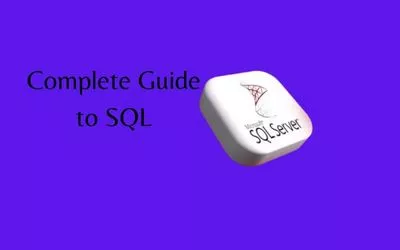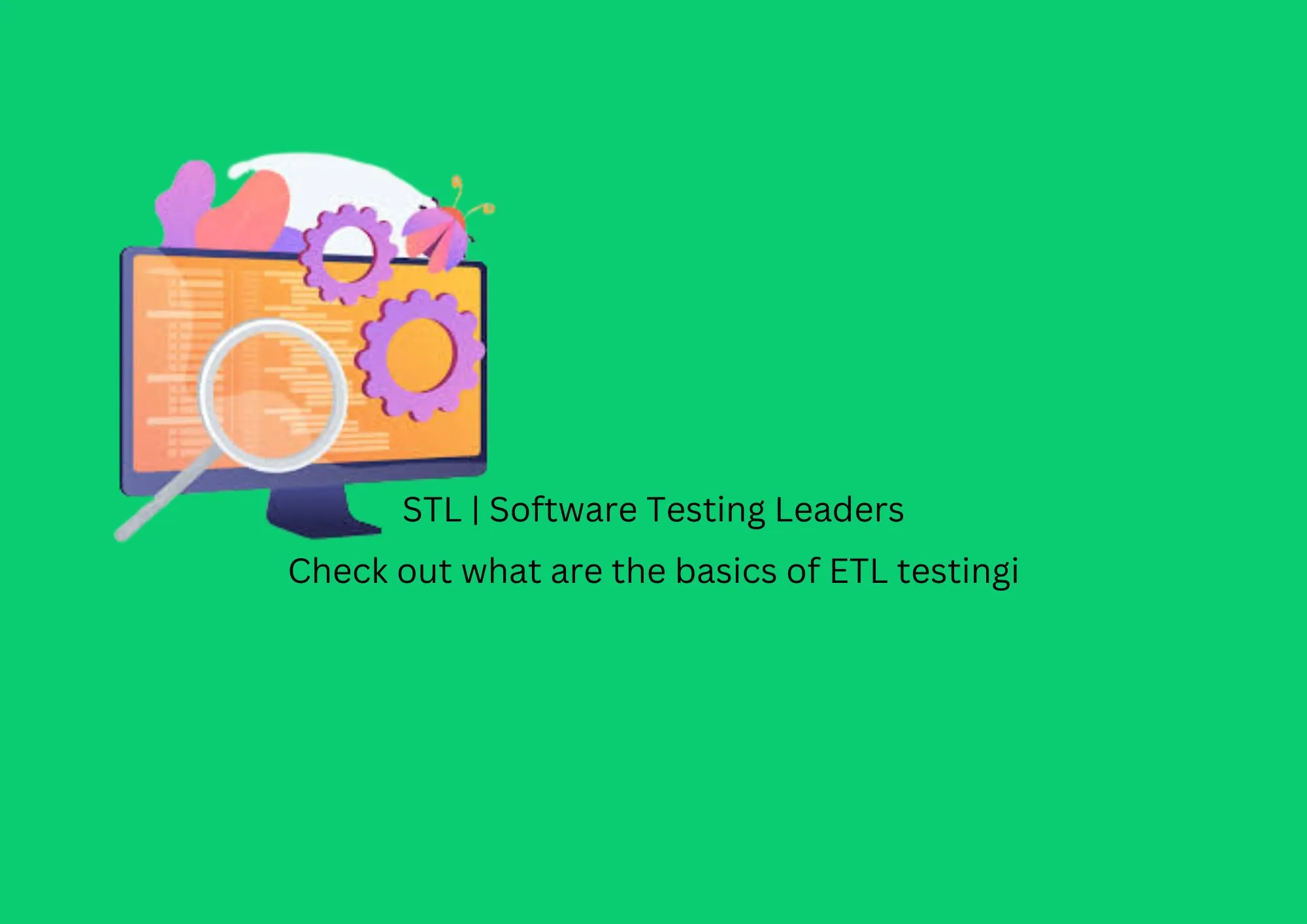To run its operations, every business today needs data. A database is the best solution for keeping a well-organised collection of data. Additionally, SQL (Structured Query Language) is the most popular computer language for database data storage and retrieval. It enables us to do CRUD operations on the database (create, read, update, and delete).
Every developer should be familiar with the essential SQL ideas described in this article in order to manage a database’s data effectively.
Describe SQL.
The name SQL stands for Structured Query Language. This programming language enables you to perform certain tasks and search databases. SQL is a vital part of the software you use to access your data and is used in almost all database management systems.
Use SQL
Operation on and information retrieval from relational databases are SQL’s main tasks. We can make new databases, views, tables, stored procedures, and functions thanks to it.
Background of SQL
The development of databases and the SQL language has a long and convoluted history. Although the first database management system (DBMS) was constructed in the 1970s, a relational model for databases wasn’t devised until 1986.
System R, the first system to adopt a relational database paradigm, was released by IBM in the 1980s. However, IBM didn’t release SQL-90 until 1989. This version includes window functions, XML-related functionality, and other new features in addition to being the first standard for relational databases.
With numerous new features, including triggers and object orientation, SQL 3 was launched in 1999. More improvements to SQL 2003’s support for XML Query Language (XQL) and temporal databases were released in 2004. Version 3.5 introduced enhanced temporal database support and enhanced text search capabilities in 2006.
Additionally, version 10 improved in 2011 with the addition of features like greater temporal database support and enhanced performance over earlier iterations thanks to the use of parallel processing techniques called vectorization.
Use SQL when?
When working with one of the various open-source database management systems (DBMS), SQL is most helpful. When working with subsequent programming languages like MySQL and Postgres, SQL is utilized more frequently than not; nevertheless, it may also be used with other well-known DBMSs like Oracle, Microsoft Access, and Microsoft SQL Server.
Controlling the data stored in databases requires the use of a computer language called SQL. Despite being a simple language, it is very powerful. New database tables can be created, old ones can be edited, and data can be deleted from SQL database tables. SQL can alter the structure of the database by adding, removing, and changing tables as well as other database objects.
To alter data in databases, a set of commands referred to as SQL is utilized. Examples include using SQL SELECT to retrieve data from database tables, SQL INSERT to add data to database tables, and SQL UPDATE to modify data that has already been stored in the database.
Having knowledge of SQL experience is one of the most sought-after abilities for today’s workforce because so many businesses rely on big data analysis to guide their strategy.
SQL Statements
Through the use of structured query language (SQL) commands, which are specialized keywords or SQL statements, developers can alter the data kept in a relational database. These groups describe how SQL commands can be divided.
Data Definition Language
The SQL statements used to build the structure of the database are referred to as “Data Definition Language” (DDL). Database engineers use the DDL tool to create and modify database objects in compliance with business requirements. The database engineer uses the CREATE command to create database objects like tables, views, and indexes, for example.
Data Query Language
The data query language (DQL), which is used to access data stored in relational databases, is where commands for data retrieval are expressed. The SELECT command is used by applications to filter and return specific results from a SQL table.
Data Manipulation Language
The data manipulation language (DML) of relational databases allows for the addition of new data and the modification of existing entries. An program might use the INSERT command to add a database record, as an example.
Data Control Language
Database administrators use the programming language DCL to control or provide other users access to databases. For instance, they may grant particular apps access to modify one or more tables by using the GRANT command.
Transaction control language
Transaction Control Language (TCL) is used automatically by the relational engine to modify databases. For instance, the database can undo an erroneous transaction by using the ROLLBACK command.
How is SQL used?
Businesses and organizations store data in databases using SQL. Software developers also use it to create programs that communicate with databases. Whether they are accessing data on a server or a data storage device like a hard disk, people may access and manage data more easily thanks to Structured Query Language (SQL). In the current digital era, SQL is one of the most widely used languages in software development.
SQL Process
A server machine is used in an implementation of the structured query language (SQL) to execute database queries and return results. The SQL process involves the following software components, among others.
Parser
Tokenization is the procedure used by the parser to replace some of the words in the SQL statement with distinctive symbols. Next, the assertion is checked for the following:
Correctness – The parser examines if the SQL statement complies with the standards or SQL semantics that ensure the truthfulness of the query statement. The parser, for instance, checks to see if the SQL instruction ends with a semicolon. If there isn’t a semi-colon, the parser gives an error message.
Authorization – In addition, the parser checks to see if the user running the query has the necessary rights to interact with the pertinent data. For instance, only admin users may be able to delete data.
Relational Engine
The most effective method to obtain, write, or update the associated data is created by the relational engine, sometimes referred to as the query processor. For instance, it searches for related queries, applies old data processing methods, or creates brand-new ones. Byte code, an intermediate-level rendition of the SQL statement, is used to generate the plan. Relational databases employ byte code for effective database exploration and modification.
Storage Engine
The storage engine, sometimes referred to as the database engine, is the computer program that decodes the bytes of code and executes the necessary SQL query. The data from database files is read and stored using physical disc storage. The requesting application receives the finished product from the storage engine.
An open-source relational database management system called MySQL is provided by Oracle. Developers can obtain and utilize MySQL free of charge. They can install MySQL on many operating systems or cloud servers. MySQL is a popular database system for use with internet applications.
MySQL and SQL
The industry standard for creating and modifying databases is structured query language (SQL). MySQL is a relational database application that makes use of SQL queries. Although SQL instructions are established by global standards, the My SQL software is regularly updated and enhanced.
The Advantages of SQL
SQL is transportable. It can be used on laptops, desktops, servers, and a few more mobile devices. Regional intranet and internet networks power it. Users may quickly transfer it from one device to another thanks to its portability, making it a practical choice.
A shorter processing time is offered for quick query processing. Regardless of size, SQL can efficiently and swiftly retrieve data. It can also finish jobs fast, including data processing, deletion, and insertion. Quick query processing provides accuracy while conserving time, so you won’t have to wait hours for your data or share it with others.
Zero coding Knowledge: Coding expertise is not required. A difficult method of computer communication is coding. It can be difficult to comprehend and utilize coding, also known as computer programming, and it takes a lot of practice. Thank thing, using SQL software only necessitates using simple verbs like “select,” “insert into,” and “update.”
It uses formal language, which is easy to understand. All users can easily access SQL because of its standardized language. Because SQL software provides a standard platform and mostly uses English vocabulary and expressions, even those with no prior experience may learn and write it.
If you want to read my article, visit:- SoftwareTestingLeaders.com
If you want to read my story, visit:- What is Test Plan



